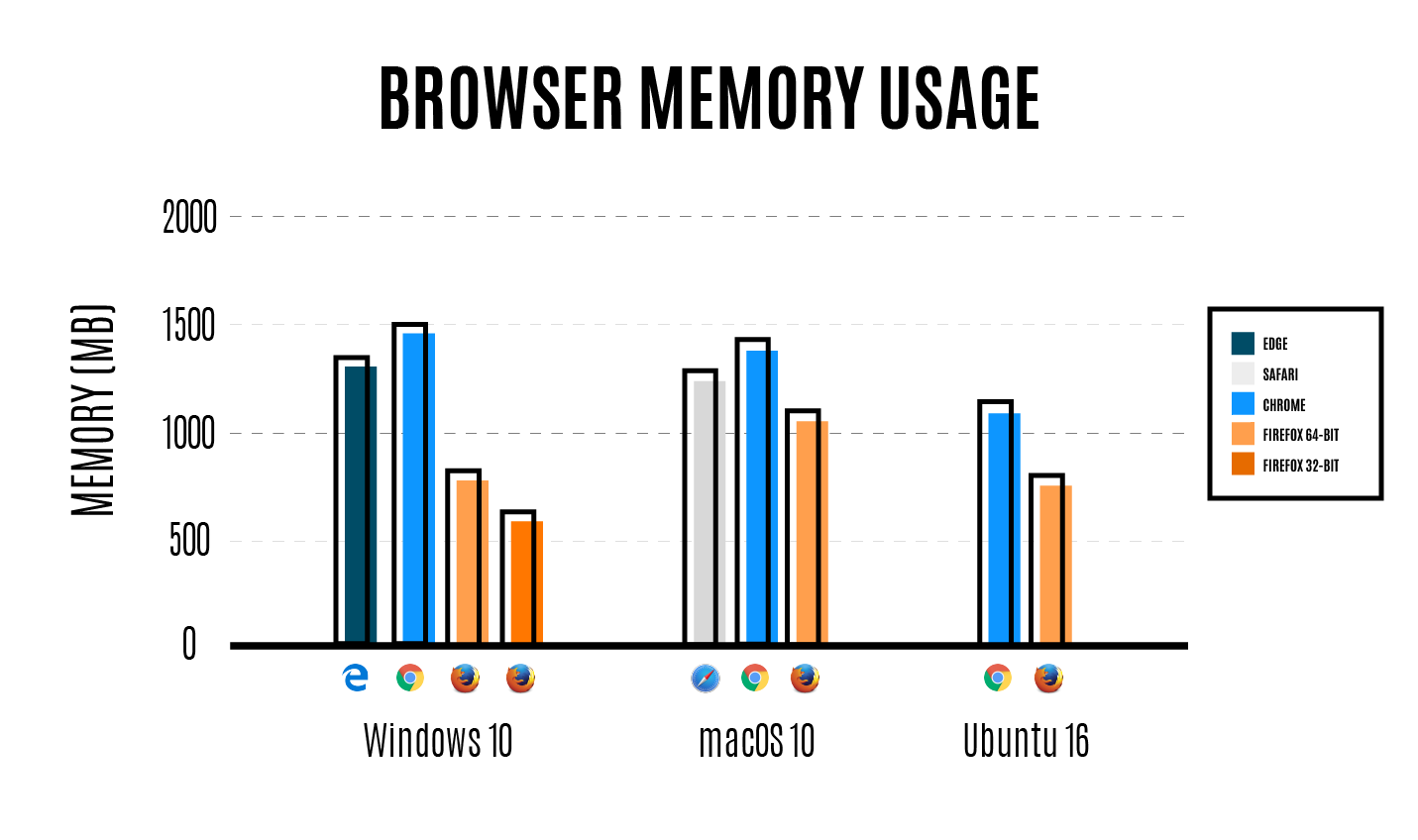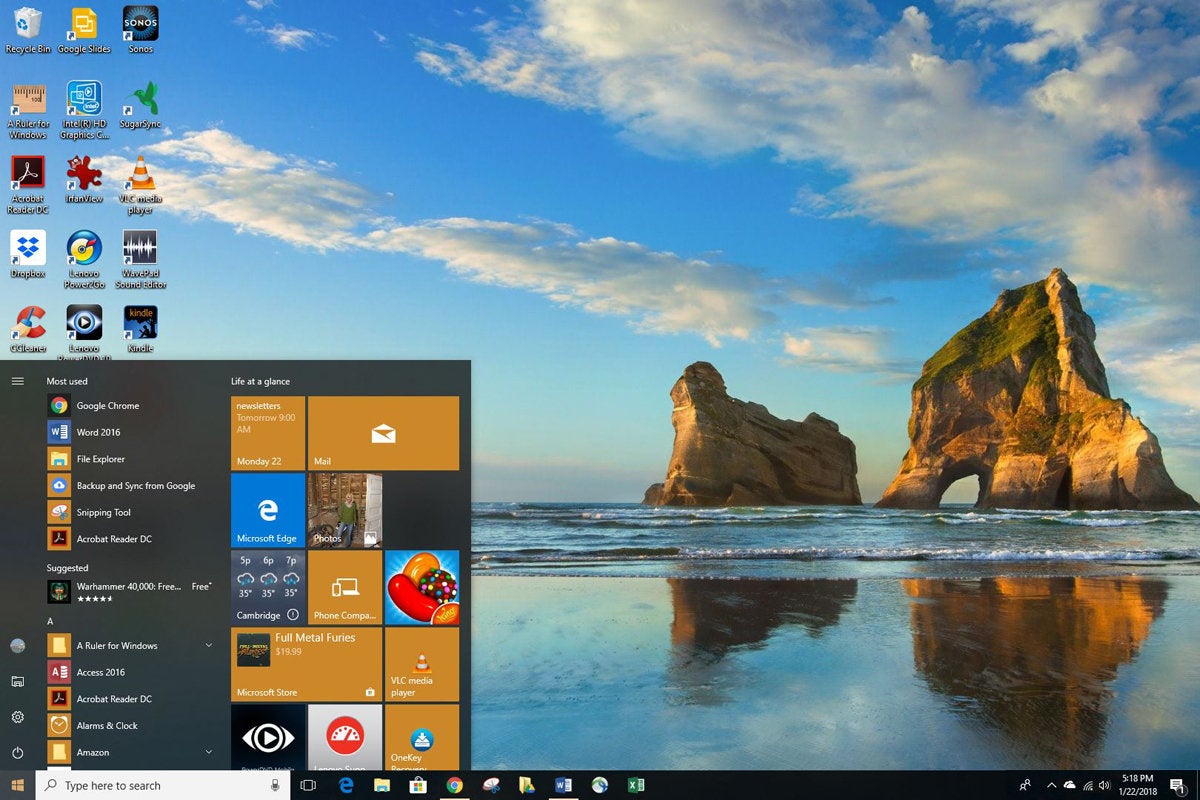

Chrome should return to 70% by March 2021 and reach 71% by September 2022. The browser could easily bounce back as it has before.Ĭomputerworld's latest forecast - as always, based on Chrome's 12-month average - stayed with growth, albeit pared significantly from 30 days ago. Computerworld has tentatively pegged more than a couple such milestones before but been proven wrong each time. Whenever Chrome suffers losses in two or more straight months, it's tempting to wonder whether the browser has peaked. (The last time it happened before this was in September-December 2019.)

The decline was the third in as many months, an unusual run that's occurred only four times in the browser's 15 years.

Chrome down for third consecutive monthĬhrome dumped seven-tenths of a percentage point in October, falling back to 69.3%.
#Best desktop web browser 2018 windows#
That should accelerate the replacement of original Edge, the version introduced in mid-2015 that ran only on Windows 10, with the sounder Chromium browser.
#Best desktop web browser 2018 upgrade#
Microsoft's launch of Windows 10 20H2 - the H2 signifying the year's second feature upgrade - last month may assist Edge as it continues to climb: 20H2 includes Chromium Edge. The most likely loser? Chrome, mostly because of its titanic share but also because Edge is, well, Chrome wearing a different outfit. Of course, that assumes Edge can maintain growth, which in turn requires one or more rivals continues to give up share. In the past 12 months, Edge has gained 4.1 percentage points, for an average of a third of a point per month.Īt that pace, Edge should sit at almost 11% by year's end and at 15% by December 2021. Since January, Edge has slowly been adding share 3.2 points since the Chromium-based Edge went final in the Stable channel. Not only did Microsoft make Edge a Chrome copy, but it also expanded support to versions of Windows other than 10, as well as macOS and, more recently, Linux. Microsoft relaunched that 2015 browser earlier this year when it recast Edge with the Google-dominated Chromium technology, the same that powers Chrome. IE's share for October - 5.6% - was 1.7 points higher than the month prior, a jump so out of character as to be unbelievable.Įdge's gain was understandable, at least. company has started to strip of some of its support. Bolstering that was an even greater boost to the share of Microsoft's Internet Explorer (IE), the obsolete browser the Redmond, Wash. The increase was so large that it immediately raised suspicions that it was a miscount by Net Applications rather than a reflection of reality. The gain was the largest ever for Edge in a single month, almost double that of the previous record set in December 2019. Mozilla's Firefox once again held steady, keeping its head above water.Īccording to data published Sunday by California-based metrics company Net Applications, Edge's October share climbed by 1.4 percentage points, ending the month at 10.2%, the first time Microsoft's browser broke through that psychologically important barrier. Microsoft's Edge last month posted its first ever double-digit browser share, while Google's Chrome slid for the third month straight.


 0 kommentar(er)
0 kommentar(er)
